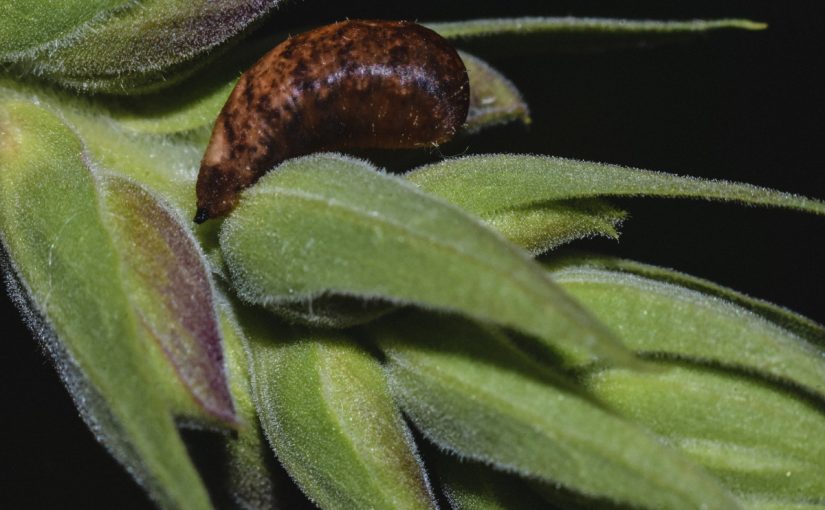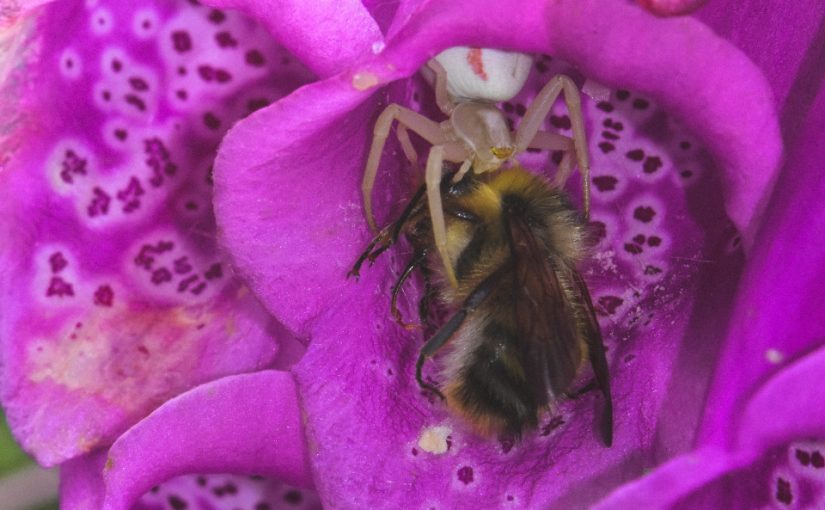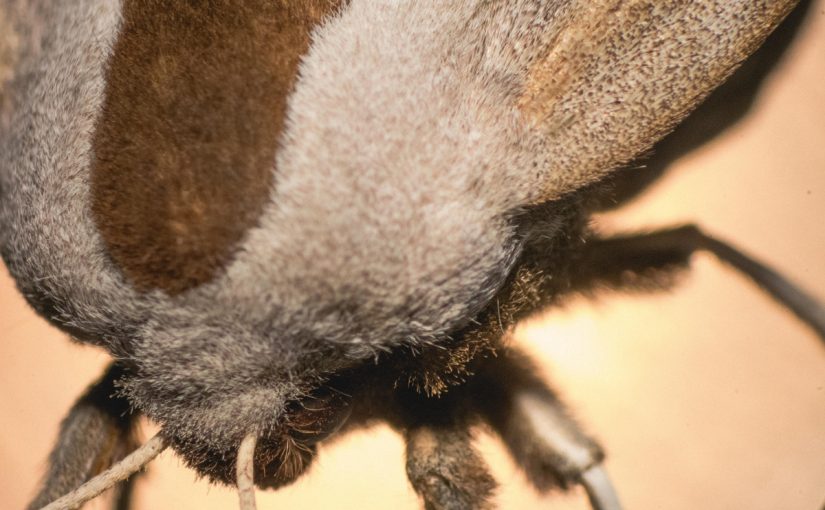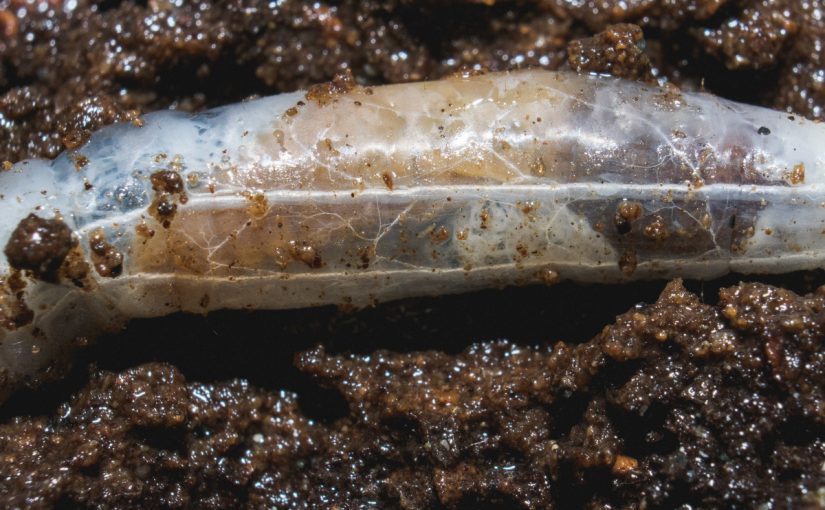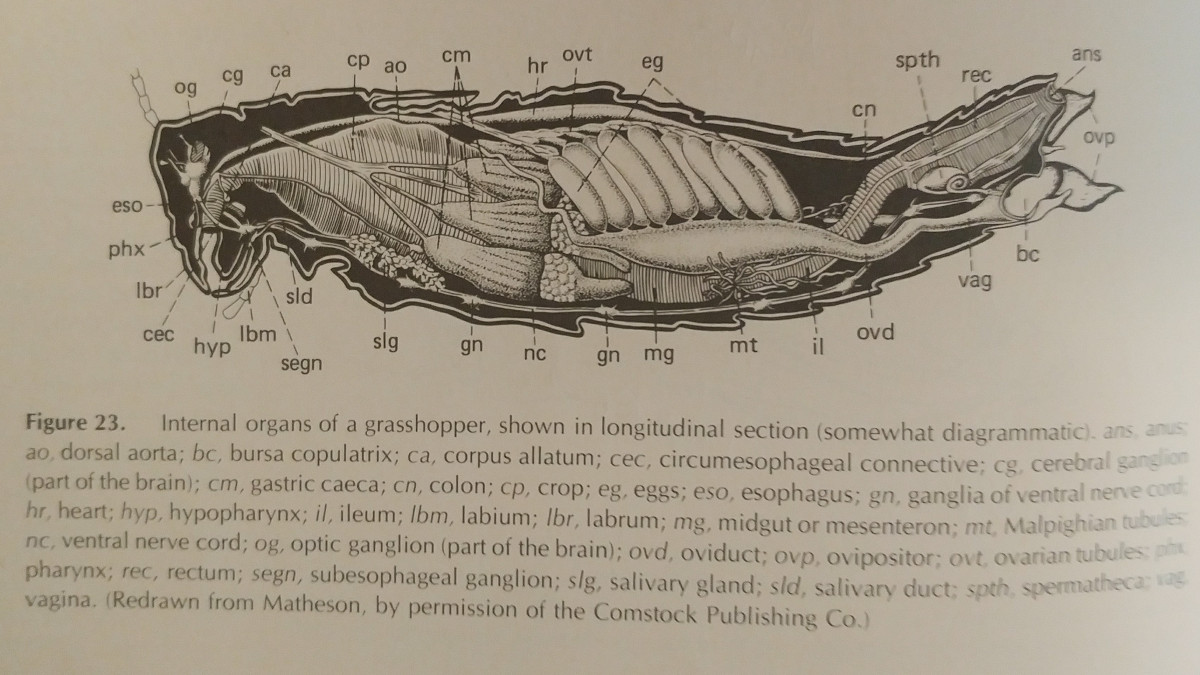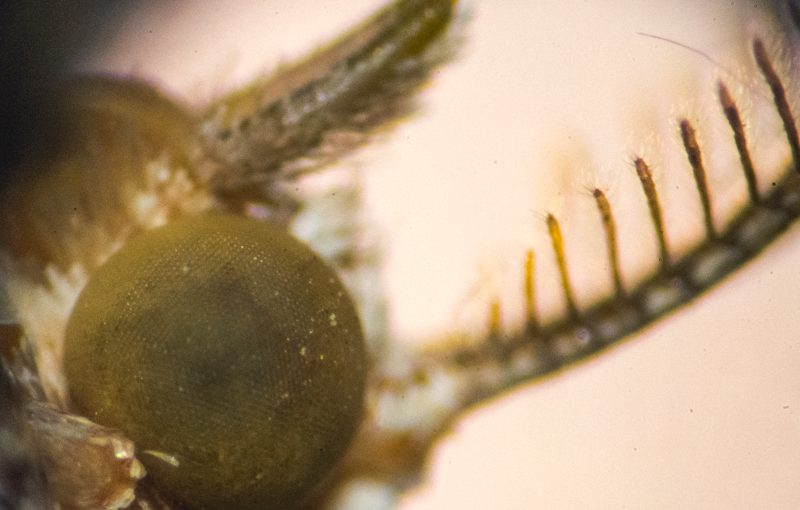Insect collecting is an interesting hobby for many, but is also very useful in scientific research. This post will explain how to collect and preserve insects, and show how they should be pinned. Continue reading Collecting and Preserving Insects
Category: Insect Morphology
Development & Metamorphosis
Insects develop in a number of different ways, and some change considerably between their larval and adult forms; butterflies are the typical example of this. This post will cover the basics of these processes, as well as descriptions of many larval forms.
Continue reading Development & Metamorphosis
Behavior
Insects display a wide variety of behavior, some of which is very unique. Continue reading Behavior
Physiology and Function
Now that we have established the names and locations of many of the important structures, I will discuss their various functions.
Continue reading Physiology and Function
Internal Anatomy of Insects
Types of Antennae
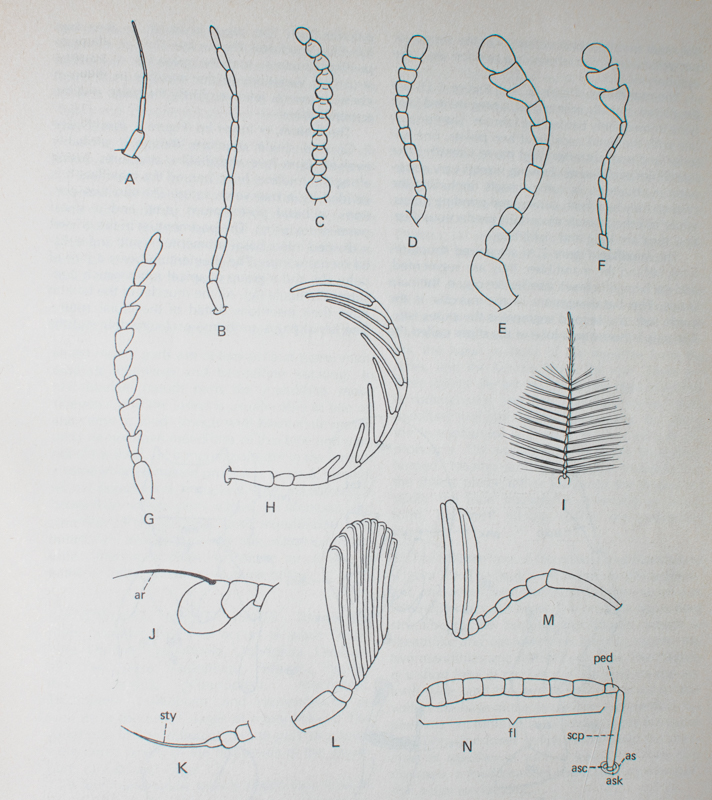
Antennae are used to feel, smell, and often hear. They’re also quite variable in appearance, making them an excellent identification tool. The types are listed below with the letter corresponding to the key listed at the end.
Setaceous: Bristlelike, with the segments becoming thinner distally (towards the top). E.g.: Dragonflies. Fig A.
Filiform: Threadlike, with segments uniform in size. Typically cylindrical. E.g.: Ground beetle. Fig B.
Moniliform: Similar to a string of beads, with segments having similar size and typically spherical. E.g.: Wrinkled bark beetle. Fig C.
Serrate: Sawlike. Segments are more are less triangular, especially in the top 1/2 – 1/3. E.g.: Click beetle. Fig G.
Pectinate: Comblike. Most segments posses long, slender lateral processes. E.g.: Fire colored beetle. Fig H.
Clubbed: There are four types of clubbed antennae. The segments increase in diameter distally. Clavate indicates a gradual increase, a such as Fig D or F. Captitate indicates that they suddenly enlarge, such as Fig F. Lamellate posses expanded, laterally forming ovular plate-like lobes, such as Fig M. Finally, flabellate refers to lobes that extend laterally, such as Fig L.
Geniculate: Elbowed, where the first segment is long and the following segments are smaller, and at an angle. E.g.: Stag beetle. Fig N
Plomose: Feathery. Most segments have whorls of long hair attached. E.g.: male mosquitos. Fig I.
Aristate: The final segment is typically enlarged, and has a conspicuous dorsal bristle known as the arista. E.g.: Syrphid fly. Fig J.
Stylate: The last segment has an elongate terminal sty-like or finger-like process, known as the style. E.g. Robber fly. Fig K.
Rudimentary Insect Structure
The most basic segmentation of insects is that of the head, thorax, and abdomen. All insects have these general structures, although they can vary greatly in individual appearance. All of these parts are sclerotized, or hardened, and the body is divided into plate-like areas, called sclerites.
The head is anterior, and capsulelike. It contains the eyes, antennae, brain, and mouth parts.
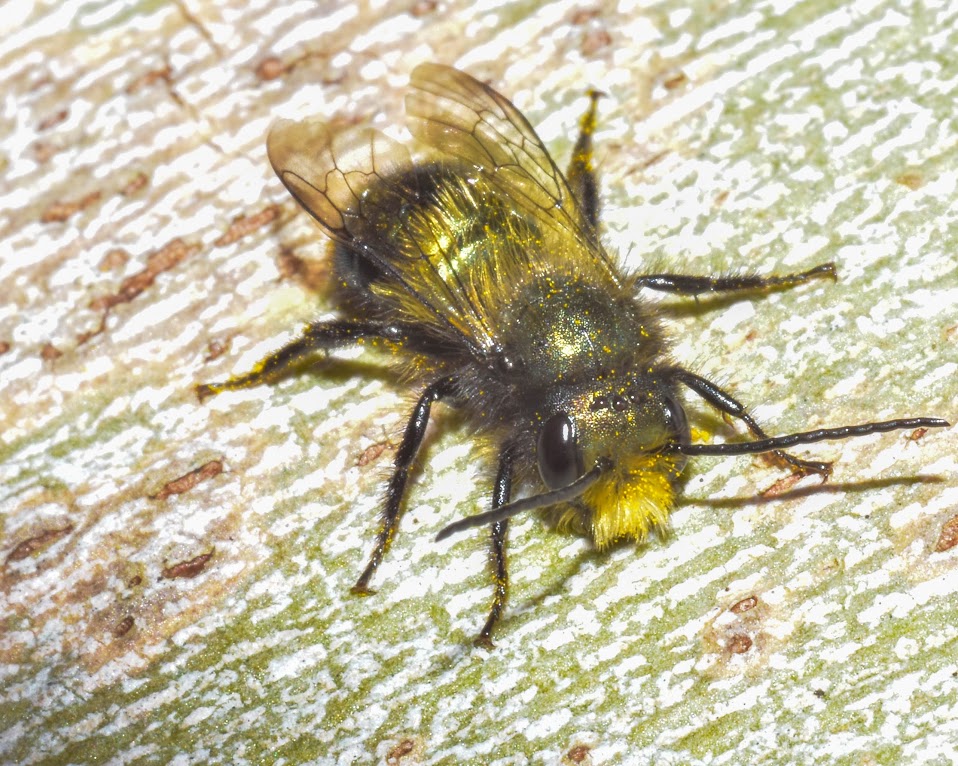
Typically, insects have both simple eyes (ocelli, ocellus plural) and compound eyes. Ocelli are simple photoreceptors, and detect light. Complex eyes are used to create full images of the environment.
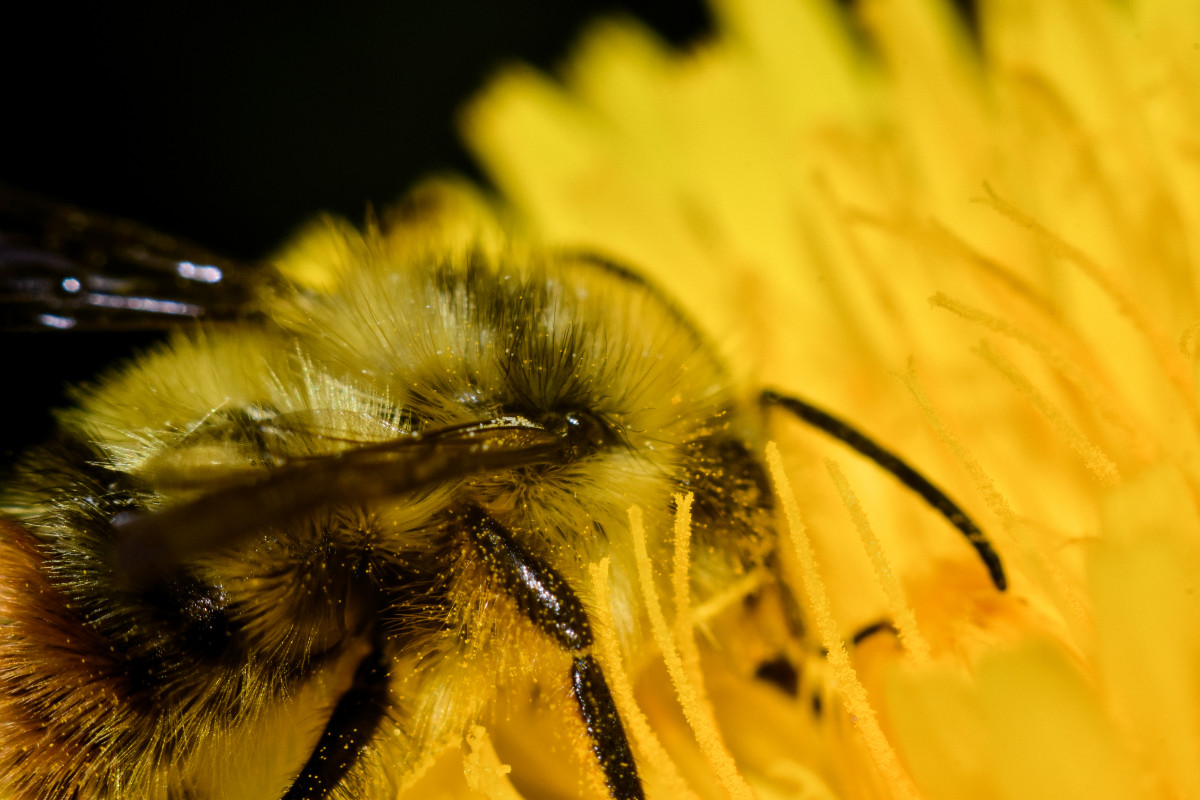
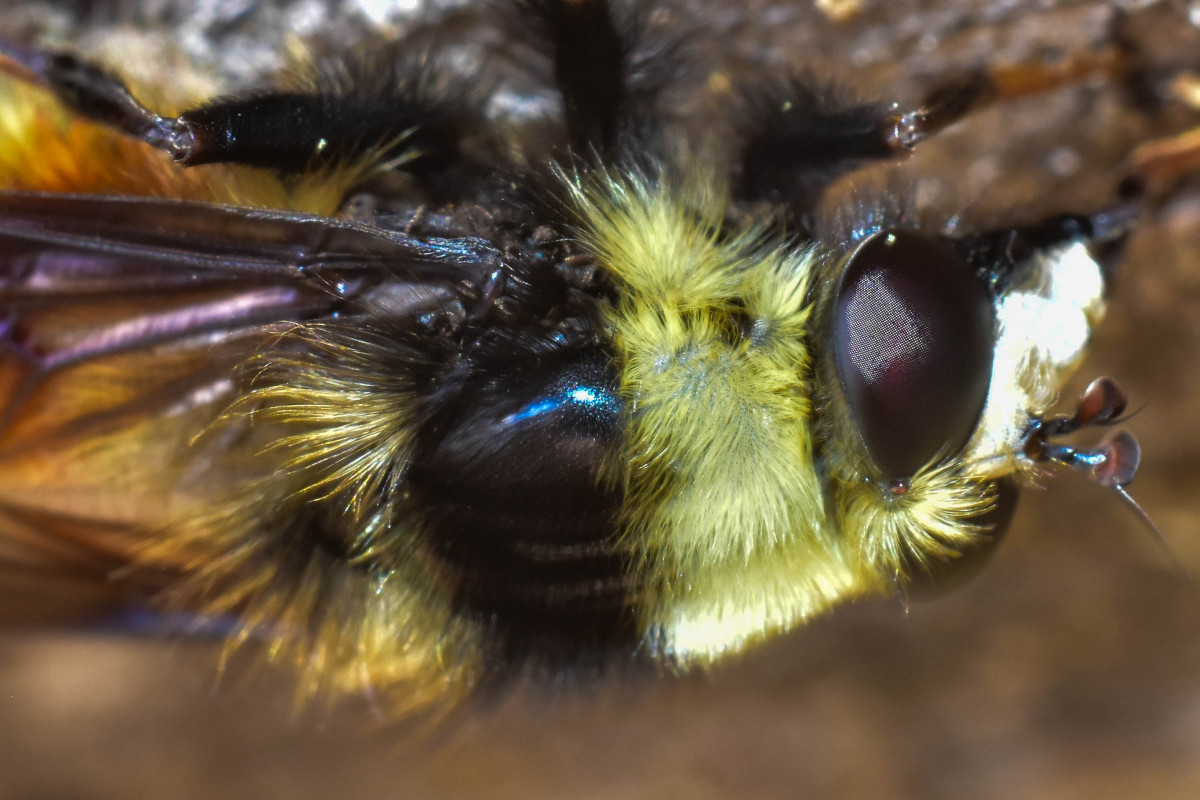
The antennae of insects vary greatly, and often are a fantastic tool for identification. Bee mimic flies are one example that can easily be differentiated by their antennae. The Criorhina caudata pictured on the bottom has antennae typical of a fly, while the bumblebee it mimics has longer, segmented antennae. While other structures differ as well, such as the mouth parts and wings, this can be something easily referenced.
Continue reading Rudimentary Insect Structure

